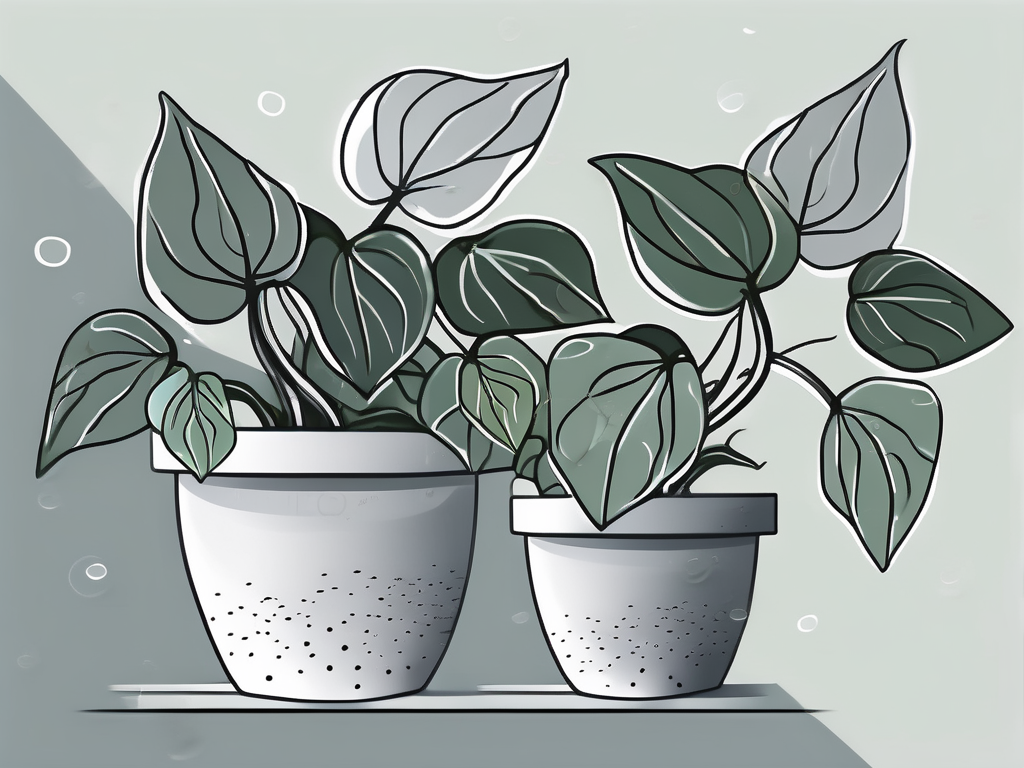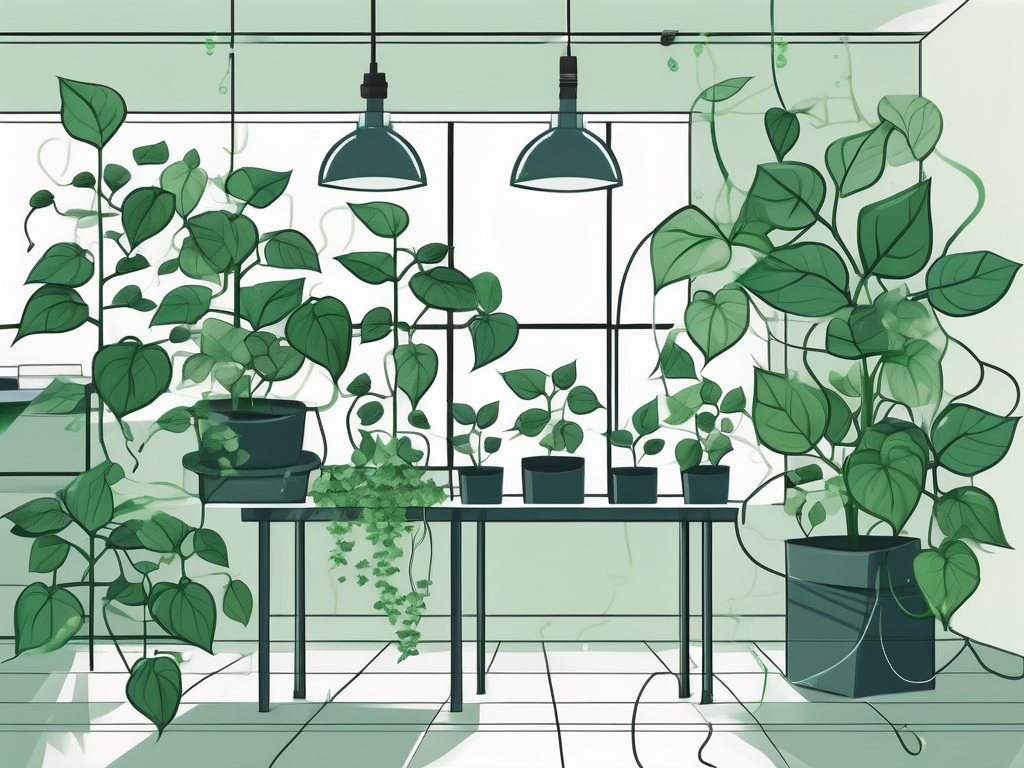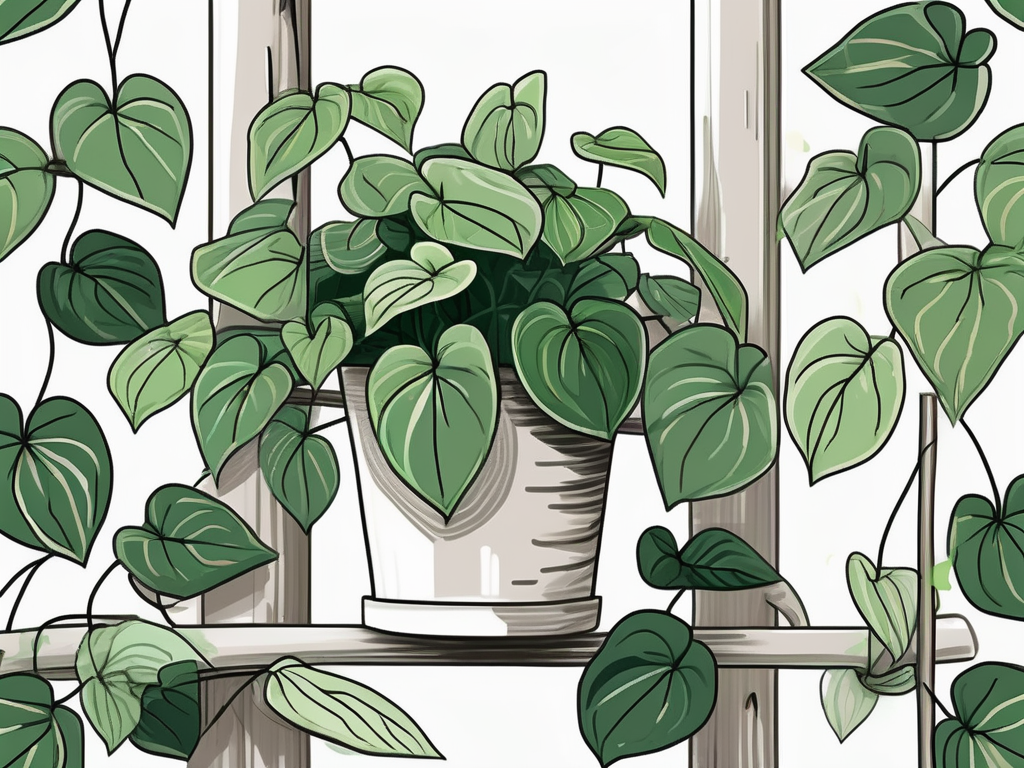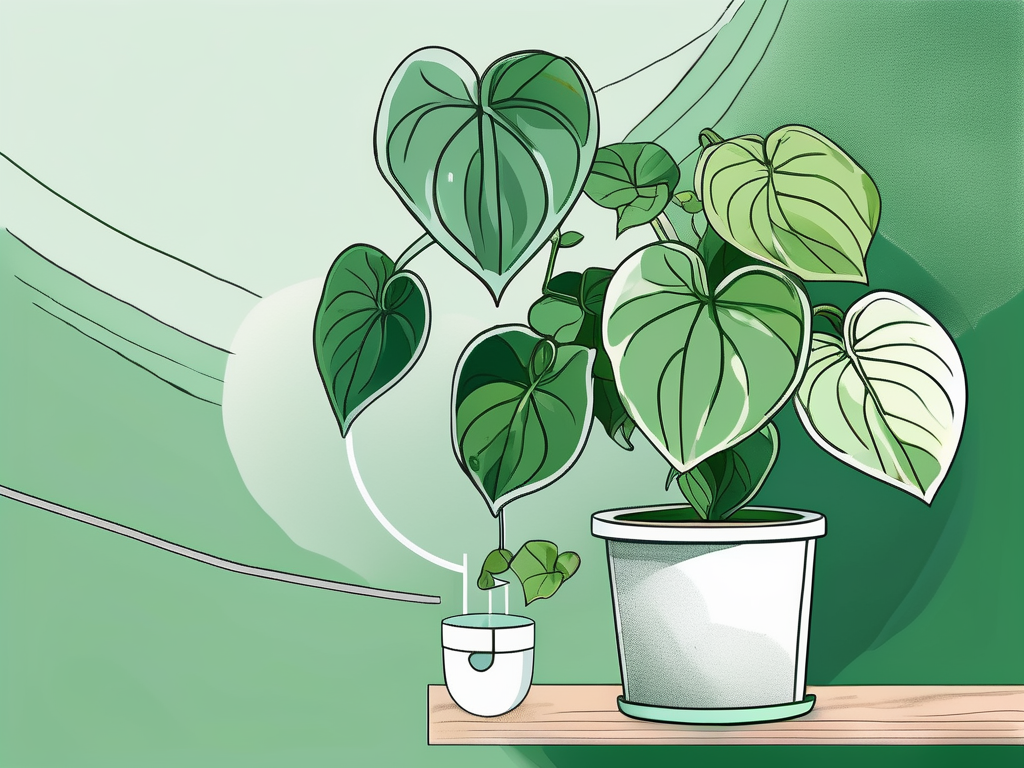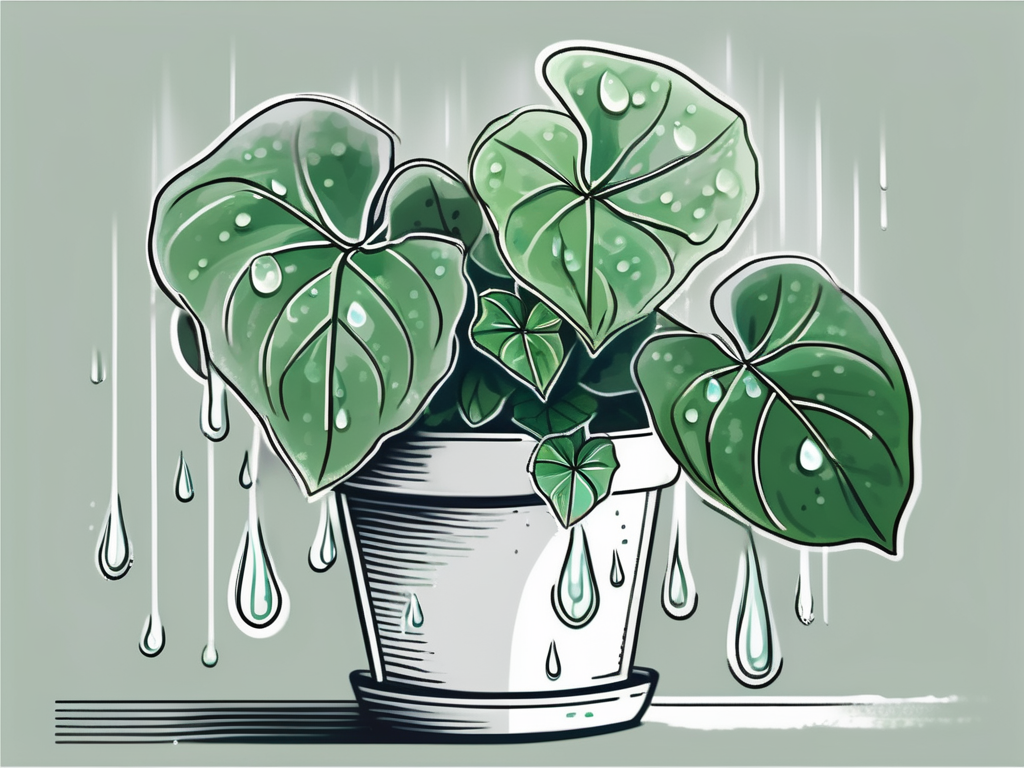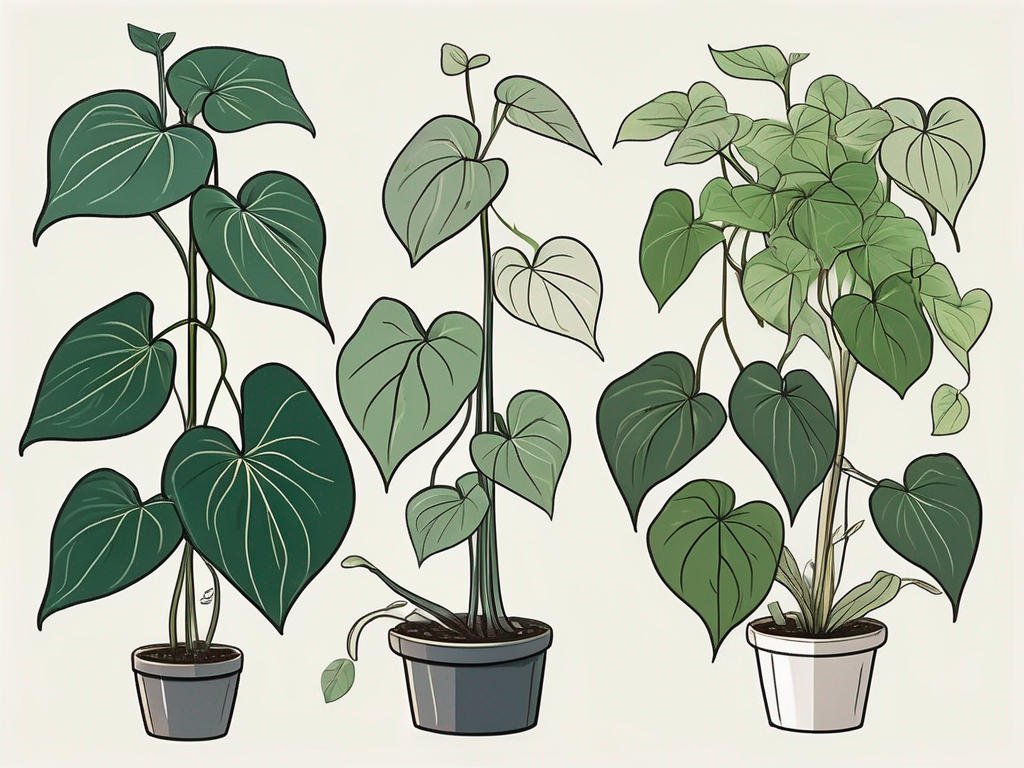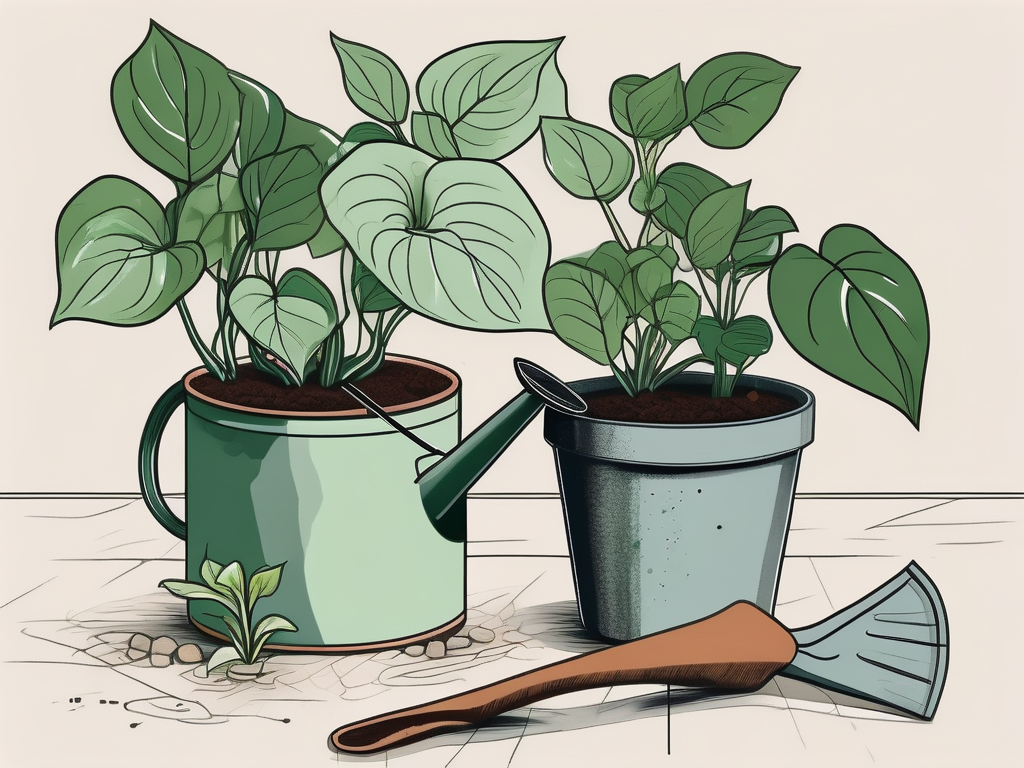
Manjula Pothos is like the cool cousin of the plant world. With its heart-shaped leaves and creamy white variegations, it's a showstopper in any room. But, as with any plant, keeping it happy requires a little know-how. Whether you're a seasoned plant parent or just starting out, this guide is here to help you nurture your Manjula Pothos into a thriving beauty.
We'll walk you through everything you need to know, from the best light conditions to how to deal with common pests. Plus, we'll share some design ideas to make this plant a centerpiece in your home. So, grab a cup of tea, find a cozy spot, and let's get started on this leafy adventure!
Getting to Know Your Manjula Pothos
First things first, let's talk about what makes the Manjula Pothos unique. This plant is a cultivar of the Epipremnum aureum, commonly known as Pothos. What sets it apart is its striking foliage, which can look like a painter got a little carried away with splashes of white, cream, and green.
Interestingly, the variegation is not just for show. It actually affects how the plant absorbs sunlight. The white and cream parts of the leaves lack chlorophyll, the pigment responsible for photosynthesis. This means your Manjula Pothos will need bright, indirect light to keep its colors vibrant and grow efficiently.
Now, you might be wondering about the plant's origins. The Manjula Pothos was developed by the University of Florida, so it's a relatively new addition to the plant world. Despite its novelty, it's quickly become a favorite among plant lovers, thanks to its easygoing nature and stunning appearance.
One of the best things about the Manjula Pothos is its adaptability. It can thrive in a variety of environments, making it perfect for both apartments with limited sunlight and homes with bright, sunny spots. However, to truly make the most of its beauty, it's essential to understand its specific care needs, which we'll dive into next.
Light Requirements: Finding the Sweet Spot
Light is a crucial factor in keeping your Manjula Pothos looking its best. As we mentioned earlier, this plant loves bright, indirect light. Think of the light conditions under a tree canopy—soft and diffused, but still bright enough to nourish the plant.
Placing your Manjula Pothos near an east or north-facing window is often ideal. These spots provide plenty of light without the harsh, direct rays that can scorch the leaves. If you notice the colors fading or the leaves turning yellow, it might be a sign that your plant isn't getting enough light.
On the flip side, too much direct sunlight can lead to sunburned leaves. If you see brown, crispy edges, it's time to move your plant to a more shaded area. A sheer curtain can also help filter the light if your only option is a south or west-facing window.
- Bright, indirect light is best.
- East or north-facing windows work well.
- Avoid direct sunlight to prevent leaf burn.
Now, if you're dealing with a darker space, don't worry. Manjula Pothos is quite forgiving and can tolerate lower light conditions. Just be aware that growth might slow down, and the variegation may not be as pronounced. In these cases, a grow light can be a great solution to give your plant the boost it needs.
Watering Wisdom: Keeping Your Pothos Hydrated
Watering can often be the trickiest part of plant care, but with a few tips, you'll have it down in no time. The key to watering your Manjula Pothos is consistency and moderation. This plant prefers its soil to dry out a bit between waterings, so avoid overwatering at all costs.
One of the best ways to determine when to water is by checking the top inch of the soil. If it feels dry to the touch, it's time to water. On the other hand, if it's still damp, give it a few more days. Over time, you'll get a feel for how often your plant needs watering based on its environment and the changing seasons.
When it's time to water, make sure to drench the soil thoroughly until water flows out of the drainage holes. This ensures that the roots receive enough moisture. However, always empty the saucer afterward to prevent root rot, which can occur if the plant sits in water for too long.
- Check the top inch of soil before watering.
- Water thoroughly, then let the soil dry out.
- Avoid letting the plant sit in standing water.
If you find that your plant's leaves are wilting or turning yellow, it's a sign of either over or underwatering. Adjust your watering schedule accordingly, and your Manjula Pothos should be back to its vibrant self in no time.
Soil Selection: The Foundation of Growth
The type of soil you use can make a big difference in how well your Manjula Pothos grows. Ideally, you want a well-draining potting mix that retains some moisture without becoming waterlogged. A good mix is typically composed of peat moss, perlite, and pine bark.
Peat moss helps retain moisture, while perlite and pine bark improve aeration and drainage. This combination ensures that your plant's roots get the oxygen they need and prevents them from becoming waterlogged.
If you're mixing your own soil, aim for a ratio that balances moisture retention and drainage. Alternatively, you can use a high-quality commercial potting mix designed for indoor plants, which will often have the right balance of ingredients.
- Choose a well-draining potting mix.
- Include peat moss, perlite, and pine bark for balance.
- Avoid heavy, clay-based soils.
Repotting your Manjula Pothos every couple of years is also a good idea. As the plant grows, its roots will eventually outgrow their current pot. When repotting, choose a pot that's one size larger and refresh the soil to provide your plant with fresh nutrients.
Humidity and Temperature: Creating the Perfect Environment
Manjula Pothos, like many tropical plants, thrives in a humid environment. While it can tolerate average household humidity levels, higher humidity will often encourage more vigorous growth and healthier leaves. If your home is on the drier side, especially during winter, consider using a humidifier to give your plant a boost.
Alternatively, you can place your plant on a pebble tray filled with water. As the water evaporates, it increases the humidity around the plant. Just make sure the pot isn't sitting directly in the water to avoid root rot.
When it comes to temperature, this plant is quite adaptable. It prefers temperatures between 65-85°F (18-29°C), which makes it perfect for indoor environments. However, it doesn't like sudden temperature changes, so keep it away from drafty windows or heating vents.
- Maintain humidity levels around 40-60%.
- Use a humidifier or pebble tray if needed.
- Keep temperatures between 65-85°F (18-29°C).
By keeping these conditions in mind, you'll create a comfortable environment where your Manjula Pothos can thrive. Just like us, plants appreciate a stable climate where they can grow without stress.
Feeding Your Pothos: Nutrients for Growth
Feeding your Manjula Pothos is an important part of its care routine, especially during the growing season. A balanced liquid fertilizer applied every 4-6 weeks in spring and summer can help provide the nutrients your plant needs to grow strong and healthy.
It's best to dilute the fertilizer to half the recommended strength to avoid over-fertilizing, which can cause more harm than good. Look for a fertilizer with equal parts nitrogen, phosphorus, and potassium, often labeled as 20-20-20 on the package.
During the fall and winter months, when the plant's growth naturally slows down, you can reduce or even stop feeding altogether. This gives the plant a chance to rest and conserves its energy for the next growing season.
- Use a balanced liquid fertilizer in spring and summer.
- Dilute to half strength to prevent over-fertilizing.
- Pause feeding in fall and winter.
By providing the right nutrients at the right time, you'll support your Manjula Pothos in becoming the lush, vibrant plant you've always wanted.
Pest Patrol: Keeping Your Plant Pest-Free
Even the best-cared-for plants can sometimes fall victim to pests. The good news is that Manjula Pothos is relatively resistant to most common houseplant pests, but it's still a good idea to keep an eye out for potential invaders.
Common pests include spider mites, mealybugs, and aphids. These pests can cause damage by sucking the sap from the leaves, leading to yellowing or wilting. If you notice any signs of pests, it's important to act quickly to prevent a full-blown infestation.
One of the simplest ways to keep pests at bay is by regularly inspecting your plant and cleaning its leaves. Wiping down the leaves with a damp cloth removes dust and discourages pests from settling in. If you do spot pests, a gentle spray of insecticidal soap or neem oil can help control the problem.
- Watch for pests like spider mites, mealybugs, and aphids.
- Clean leaves regularly with a damp cloth.
- Use insecticidal soap or neem oil if needed.
By staying vigilant and addressing any issues promptly, you'll keep your Manjula Pothos healthy and thriving, free from pesky intruders.
Pruning and Propagation: Keeping Your Pothos in Shape
Pruning your Manjula Pothos not only keeps it looking tidy but also encourages new growth. Trimming back leggy vines helps the plant maintain a bushy appearance. Use clean, sharp scissors or pruning shears to cut just above a leaf node, which is where new growth will emerge.
If you're feeling adventurous, pruning is also the perfect time to propagate. Pothos cuttings root easily in water, making it a fun project to expand your plant collection or share with friends. Simply place the cuttings in a jar of water, changing the water weekly to keep it fresh. Once roots are a few inches long, you can pot the cuttings in soil.
Propagation not only gives you more plants but also helps rejuvenate your existing one by encouraging fresh, new growth. It's a win-win situation that brings more green into your life.
- Prune to maintain shape and encourage growth.
- Use clean tools for cutting.
- Propagate cuttings in water for new plants.
Pruning and propagation are simple yet effective ways to keep your Manjula Pothos in top form, ensuring it remains a vibrant part of your home decor.
Design Ideas: Showcasing Your Manjula Pothos
With its striking variegation, the Manjula Pothos is a natural choice for adding a touch of elegance to any space. Its trailing vines can be styled in a variety of ways to suit your personal taste and home decor.
Consider placing your Pothos in a hanging planter to allow its vines to cascade down for a dramatic effect. Alternatively, you can train the vines to climb up a trellis or moss pole, creating a lush, vertical display.
If you prefer a more minimalist look, a simple pot on a shelf or table can make a statement with its beautiful foliage. Pair it with other plants of varying heights and textures for an eye-catching arrangement that brings the outdoors in.
- Hang for a cascading effect.
- Train vines on a trellis or moss pole.
- Pair with other plants for a harmonious display.
Whether you're aiming for a jungle vibe or a sleek, modern look, the Manjula Pothos is versatile enough to fit into any design scheme, making it a favorite among plant lovers.
Final Thoughts
Caring for a Manjula Pothos can be a rewarding experience, as this plant brings both beauty and a bit of nature into your home. By providing the right light, water, and care, you'll enjoy a thriving plant that adds life to any room.
At Cafe Planta, we're here to help you on your plant journey. Whether you're looking for new plant additions, care accessories, or just want to chat about plant care, feel free to email us or drop us a message on our Instagram. We're excited to share our love of plants and help you create a beautiful, thriving plant collection in your home.













